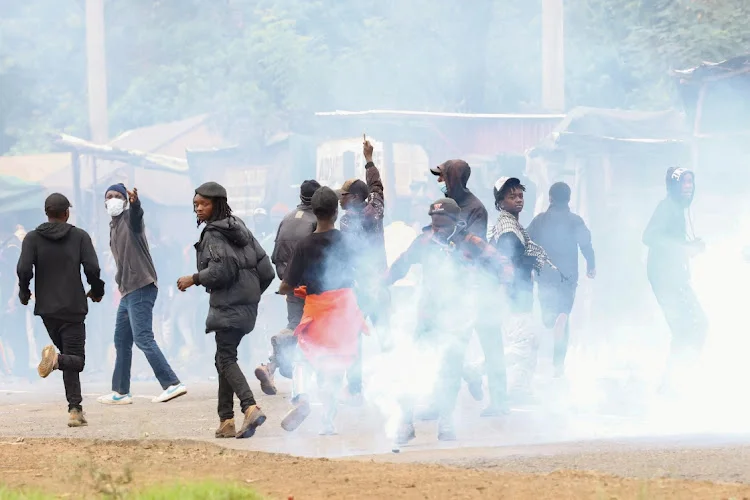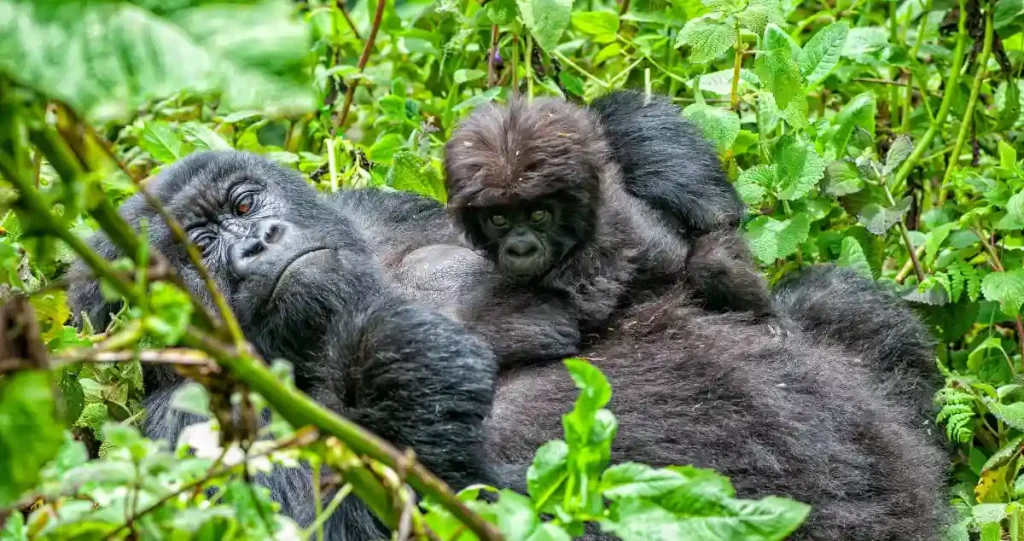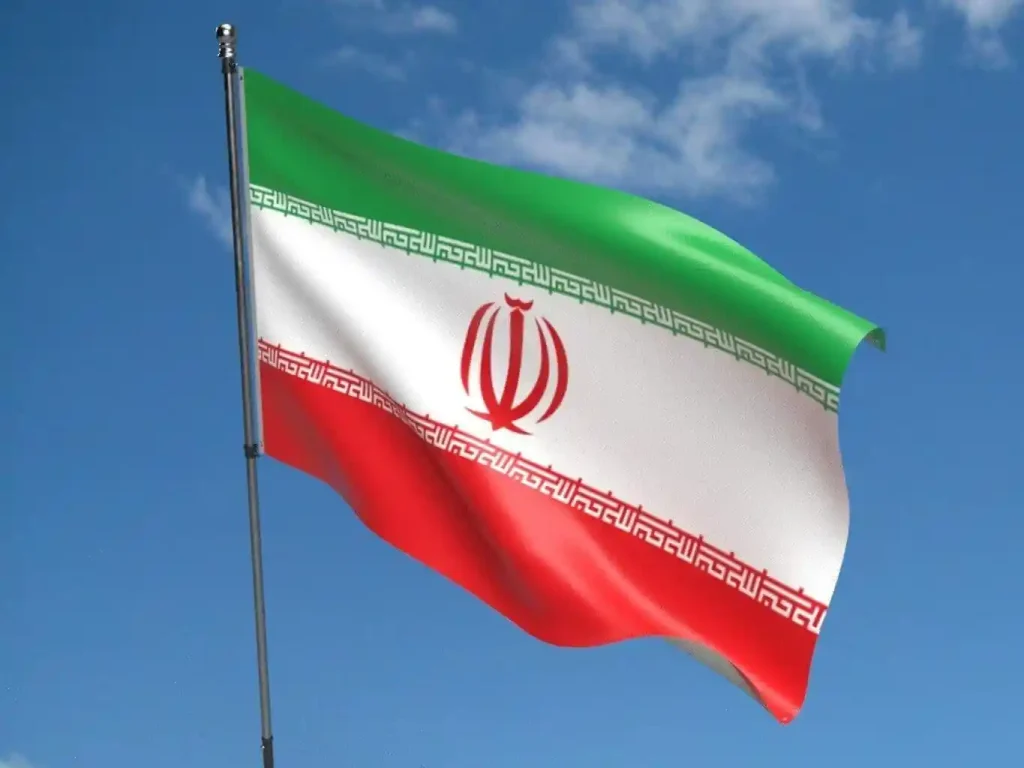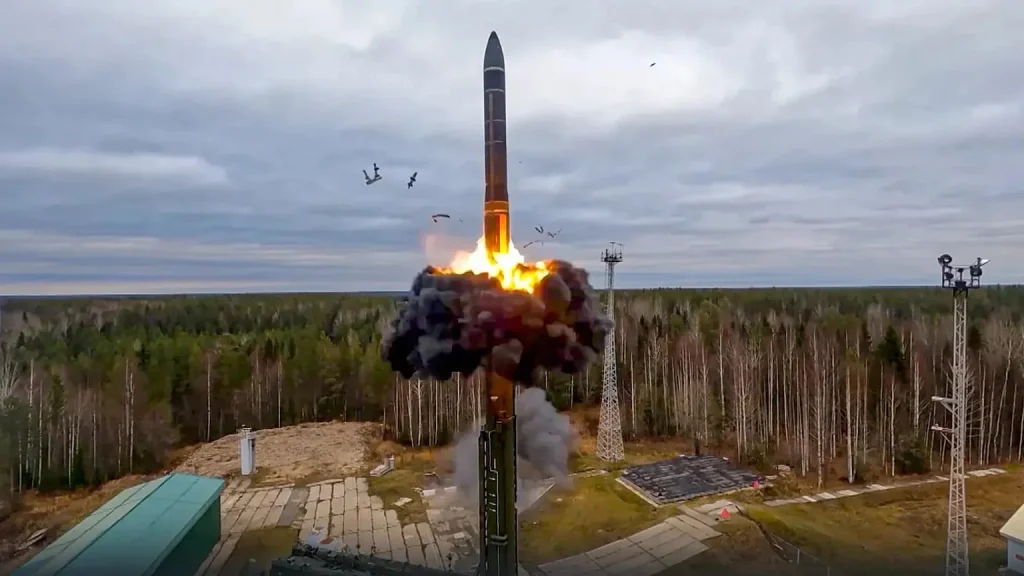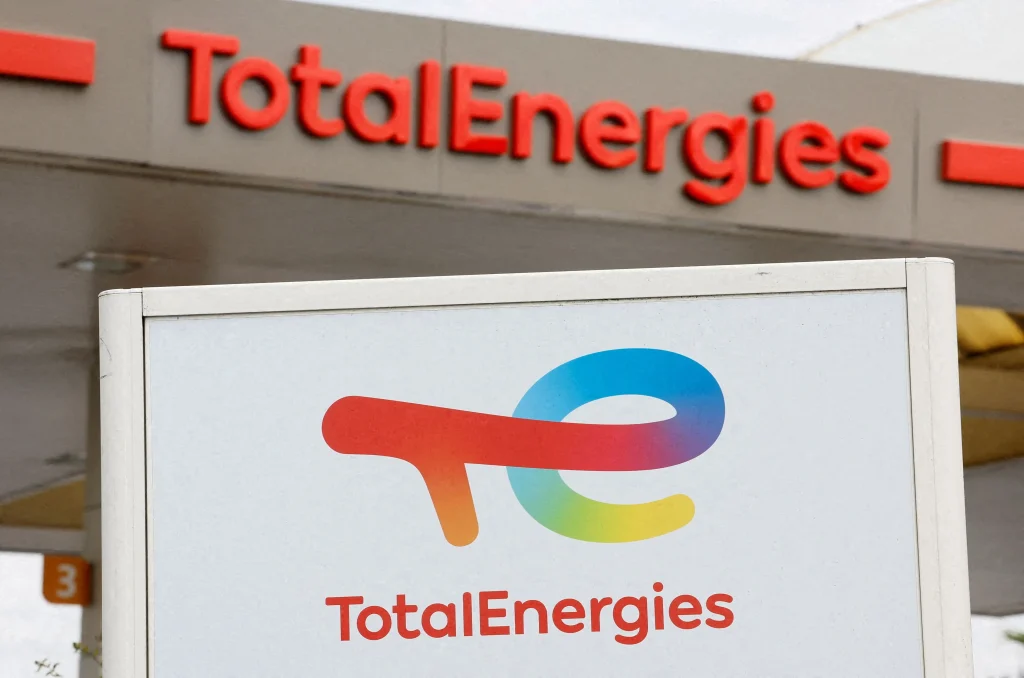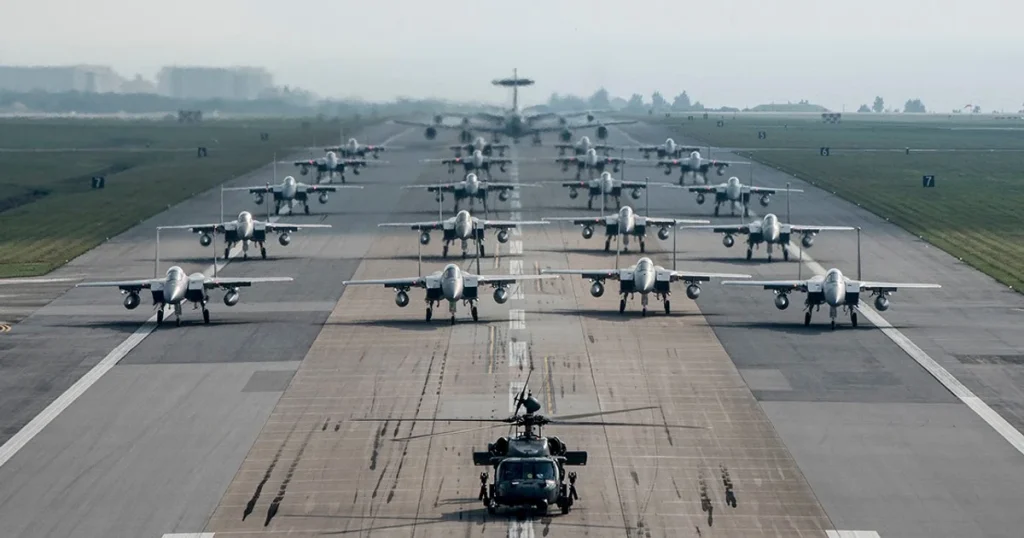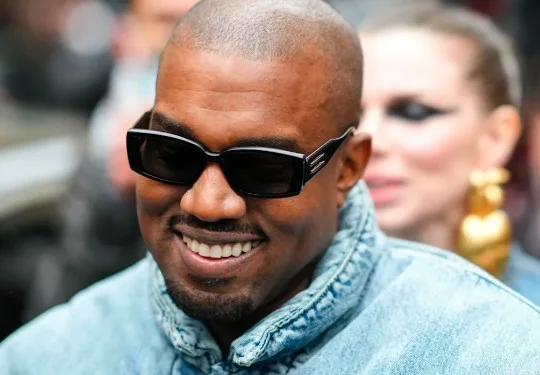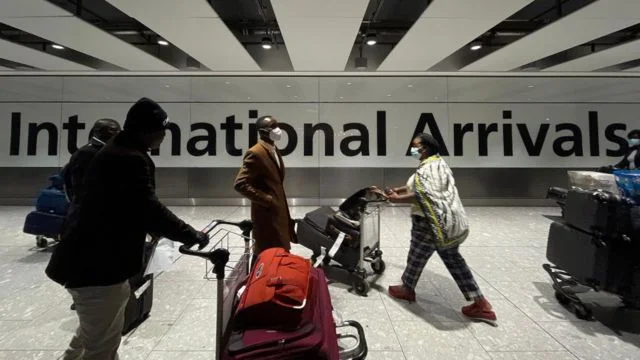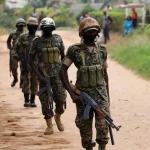Earlier today, July 7, 2025, Kenya’s capital, Nairobi, was locked down as police clashed with anti-government protesters during the annual Saba Saba demonstrations, marking the 35th anniversary of historic pro-democracy rallies.
The Kenya National Commission on Human Rights (KNCHR) reported at least 10 deaths and 29 injuries nationwide, while a police statement cited 11 fatalities and fewer civilian injuries, alongside several injured officers.
The protests, driven by demands for President William Ruto’s resignation over corruption, high living costs, and police brutality, saw roads barricaded and businesses shuttered across the city.
Clashes and Casualties
The protests, dubbed “Saba Saba” (Swahili for “Seven Seven”), erupted in Nairobi and other cities like Mombasa, Kisumu, and Eldoret, with demonstrators chanting “Ruto Must Go” and waving Kenyan flags.
Police sealed off central Nairobi, blocking major roads like Waiyaki Way with razor wire and restricting access to State House and Parliament.
Clashes intensified as protesters lit bonfires and hurled stones, met with police tear gas, water cannons, and live gunfire.
Associated Press journalists witnessed a bloodied protester being carried away, with reports of plainclothes officers and unmarked vehicles involved, raising concerns about accountability.
The KNCHR also noted “hooded gangs” with whips and machetes operating alongside police in Nairobi and Eldoret, suggesting coordinated disruption.
Grievances and Context
The demonstrations reflect deep frustration with Ruto’s administration, elected in 2022, over persistent corruption, rising living costs, and police brutality.
The 2024 Finance Bill, which proposed tax hikes on essentials like bread and sanitary products, sparked nationwide protests last year, killing over 60 and injuring hundreds.
Though Ruto withdrew the bill, reintroduced taxes and a controversial Kenya Revenue Authority data-sharing proposal have fueled ongoing unrest.
The death of a blogger in police custody and a civilian shot at close range in June further inflamed public anger.
Protesters also commemorated the 2024 storming of Parliament, demanding justice for victims and systemic reforms.
Government Response and Criticism
Interior Minister Kipchumba Murkomen labeled the protests “terrorism disguised as dissent,” vowing to protect public safety, while Public Service Minister Geoffrey Ruku urged government workers to defy disruptions.
President Ruto, speaking at a funeral in Kilifi, called for peaceful protests, stating, “We do not have another country to go to when things go wrong.”
However, his administration’s heavy-handed tactics, including a brief media blackout overturned by the High Court, drew criticism.
The KNCHR and opposition figures like Raila Odinga, who canceled a Nairobi speech due to roadblocks, condemned police actions, with Odinga calling for dialogue and police reform.
Historical Significance of Saba Saba
July 7 holds symbolic weight as Saba Saba, commemorating 1990 protests that forced Kenya’s transition to multiparty democracy in 1992 under President Daniel arap Moi, Ruto’s mentor.
Today’s Gen Z-led movement, mobilized via platforms like X and WhatsApp, echoes this legacy but focuses on modern grievances, including economic inequality and unaccountable governance.
The protests’ scale, with 37 arrests and two abductions reported by KNCHR, underscores their intensity, though looting and vandalism by some groups have complicated the narrative.
Looking Ahead
Despite Ruto’s concessions, such as dissolving much of his cabinet in 2024 and announcing austerity measures, public distrust persists.
The High Court’s ruling against a police protest ban signals judicial pushback, but the presence of armed gangs and plainclothes officers raises fears of escalating violence.
With Ruto’s alliance with Raila Odinga weakening opposition cohesion, the protests lack a clear political leader, relying on youth activism.
As Kenya grapples with a 32% poverty rate and $80 billion in debt, the government faces pressure to address structural issues or risk further unrest.

